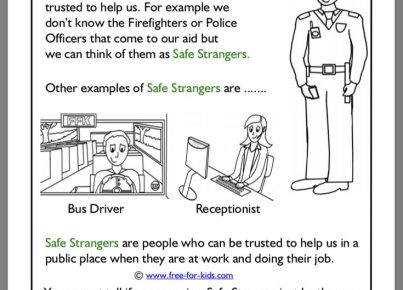Inquisitive minds drive progress and understanding, and this is especially true in the education sector. Teachers, who are on the frontlines of shaping young minds, have a powerful tool at their disposal: questioning. The art of asking the right questions not only engages students but also enhances learning and critical thinking. Today, we’re delving into how effective questioning can transform classroom dynamics, creating an environment where students are not just passive listeners but active participants in their learning journey.
What Is Effective Questioning?
Effective questioning is a technique used by educators to encourage student interaction, stimulate critical thinking, and foster a deeper understanding of the subject matter. It involves posing questions that are thought-provoking and elicit more than just factual responses. The goal of these questions is to challenge students to think critically and reflect on what they are learning, rather than simply recalling information.
The Benefits of Questioning
When deployed skillfully, questioning can lead to several benefits in the classroom:
1. Engagement: Well-crafted questions can capture students’ interest and motivate them to participate in class discussions.
2. Critical Thinking: Questions that provoke analysis, evaluation, and synthesis encourage students to think more deeply about the content.
3. Assessment: Teachers can use questions to assess students’ comprehension and adapt their teaching strategies accordingly.
4. Feedback: Questioning provides instant feedback for both teachers and students about the learning process.
5. Exploration: It promotes curiosity and encourages students to make connections between different pieces of knowledge.
Strategies for Effective Questioning
To maximize the impact of questioning in the classroom, teachers should consider the following strategies:
– Use a mix of question types: Diversify between open-ended questions that encourage discussion and closed questions that assess specific knowledge.
– Wait Time: Give students ample time to think before answering; this pause can dramatically improve the quality of responses.
– Encourage Peer Interaction: Facilitating peer-to-peer questioning allows for different perspectives and promotes cooperative learning.
– Follow-Up: Asking additional questions based on student responses can extend understanding.
– Non-verbal cues: Pay attention to body language and facial expressions to gauge comprehension and emotional responses.
Questioning Techniques
Several techniques ensure questioning becomes a powerful pedagogical tool:
1. Bloom’s Taxonomy: Structure questions based on Bloom’s Taxonomy levels—remembering, understanding, applying, analyzing, evaluating, creating—to draw out higher-order thinking skills.
2. Socratic Method: Through a dialogue-based approach that involves asking a series of thoughtful questions, students can explore complex ideas profoundly.
3. Think-Pair-Share: This gives students time to think about an answer individually before discussing it with a peer and sharing with the larger group.
Conclusion
Embracing the power of questioning in education heralds a shift from traditional teaching methods towards a more engaging, student-centered approach. When teachers harness this tool effectively, they lay down groundwork for stimulating intellectual curiosity, promoting robust classroom dialogue, enriching academic discourse, and inspiring lifelong learners poised to navigate an increasingly complex world with confidence and critical acumen.





